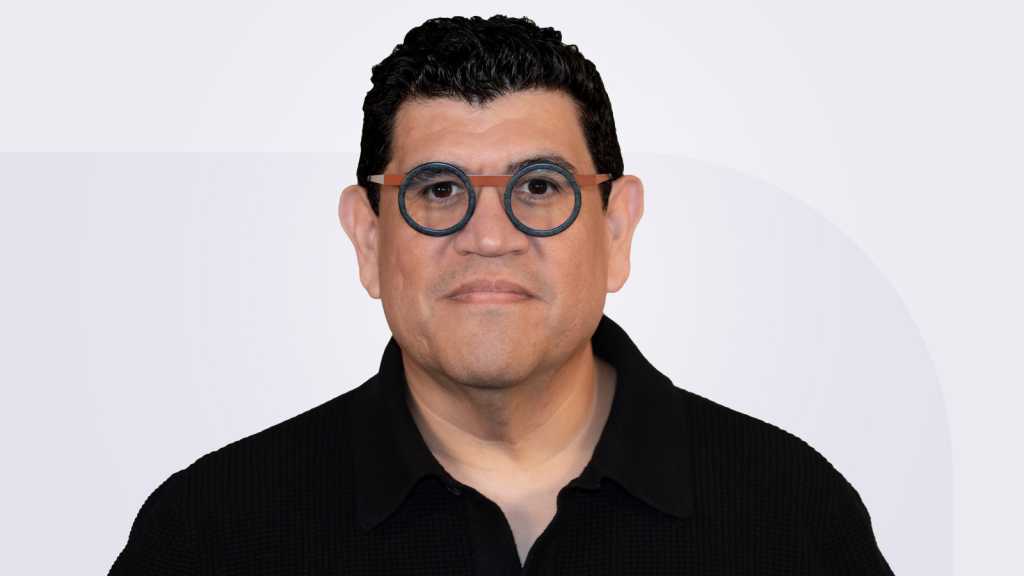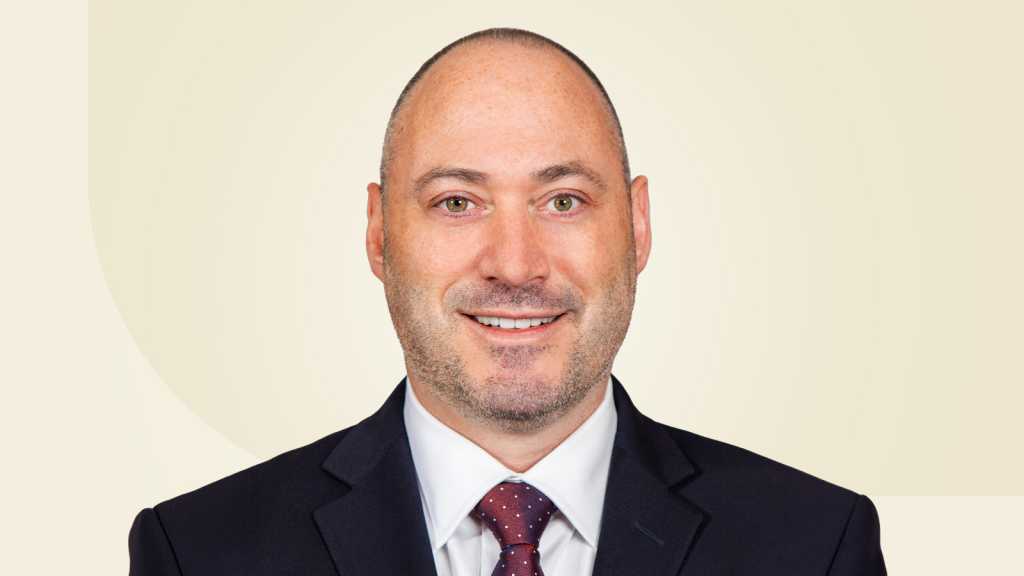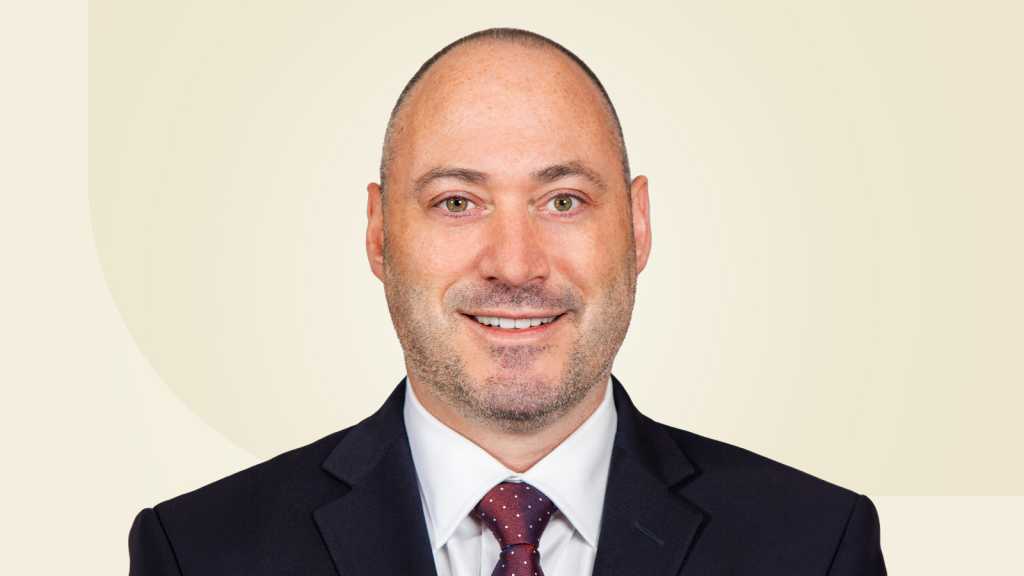CIOs have long been adept at the art of the pivot — a skill that will serve them well as they cope with the fallout of global tariffs that have sent organizations into a tailspin over the past few weeks.
Already, IT is feeling the impact on infrastructure and supply chains, and CIOs are decreasing capital expenditures and scaling back projects or delaying them altogether.
The new tariffs will not only drive up tech prices but also disrupt supply chains and weaken global IT spending this year, IDC warned in a blog post.
“The situation remains highly fluid and dynamic,” IDC wrote. “A weakening economy will lead to IT spending cuts and delays in the next six months.” The research firm is projecting “a move closer to the previous downside of 5% growth, which reflects a rapid, negative impact on hardware and IT services spending.”
Even though some equipment vendors may try to mitigate the impact, US customers will quickly feel the effect of higher prices, IDC noted. “Lean inventories and rapid manufacturing cycles mean that price hikes will materialize quickly. The broad, unfocused nature of these new tariffs leaves manufacturers little room to adjust.”
Rising IT infrastructure prices “could balloon budgets and force CIOs to delay or prioritize the most important projects,” says Mark Moccia, a vice president and research director at Forrester. As a result, CIOs and other tech leaders need to “proactively analyze costs, diversify sourcing, optimize inventory, and prioritize the projects that don’t sacrifice critical AI ambitions.”
Accelerating some projects, procuring quickly
Jay Leal was getting ready to embark on an almost $2 million hardware and network refresh as the tariffs were being announced in early April. Leal, senior vice president and CIO of Vantage Bank in San Antonio, Texas, said IT will replace network switches, access points, and firewalls, and the plan was to divide the project into smaller phases.
“But after talking to our distributors, we thought there was some volatility and supply chain concerns, so we scaled down a little and purchased everything at one,” Leal says. The project will still be spread out through 2025, “but we’re doing the capital outlay all at once. We really do have a fear these tariffs are … going to bring prices higher for things like technology devices.”

Jay Leal, CIO, Vantage Bank
Vantage Bank
The bank anticipates that because “there may be less demand for lending … our capacity to take on new projects and initiatives is really going to tighten up,” he says.
Leal is looking at every project planned for this year and evaluating whether it makes sense to still move forward, or what can be deferred, given the feeling that there will be a contraction in the market and economy. This includes curbing what the bank had dubbed “the year of cloud,” a strategic initiative that involved several planned platform migrations to the cloud.
“We’re taking a hard look and determining if we need to make those expenditures,” Leal says. “It’s going to be a tough year for banks to meet our budget and [be] where we want to be as an organization” due to the uncertainly around tariffs.
In terms of his supply chain, Leal says IT is trying to procure things as quickly as possible due to anticipated rising costs. “Our strategy is we’re looking at where suppliers are sourcing equipment from and anticipating that in lead times and cost.”
His IT budget is set for the year, so if prices go up and it starts to impact expenses, Leal will have to take a hard look at ways to cut spending, which could ultimately lead to staff layoffs as a last resort, he says.
If IT has “a healthy mix of employee to contractor,” that will allow CIOs the option to reduce contract staff in response to sharp cost increases, says Forrester’s Moccia, adding that other methods of spend optimization should be looked at first. For example, there is hidden waste within cloud bills, according to a March Forrester report on thriving through volatility. Many organizations can realize immediate savings leveraging native cloud cost management tools or a third-party cloud cost management platform, the report said.
Minimizing layoffs will allow IT staff to buy down more technical debt and improve data management capabilities to set up AI projects for success, Moccia says.
Projects put on hold
Freddie Tubbs, CIO at essay writing service Academized.com, says the company had a big CRM system upgrade planned, but that will be pushed to 2026. “We also wanted to invest in a new data analytics platform, and now we [will] scale back and look for a more affordable option,” he says.
IT had also planned to do some hardware upgrades, which have been put on hold, and Tubbs says he is looking to cloud and SaaS platforms instead, “because it’s easier to scale and [involves] less upfront costs.”

Freddie Tubbs, CIO, Academized.com
Academized.com
IT is using more analytics to understand how supply chain changes could impact the company. “Our team built dashboards to track market shifts and vendor risks,” Tubbs says. “It helps us make faster and smarter decisions. We work closely with ops and finance to stay aligned. The goal is to stay flexible, spend smart, and be ready to pivot if things change quickly.”
Academized.com uses cloud services, learning management systems, and content delivery platforms, and Tubbs knows prices will likely spike on all of them.
“We’re also concerned about our educational merchandise, like books and branded items. Tariffs could push up production and shipping costs,” he says, adding that there could also be delays with overseas suppliers. “To cover these rising costs and adjust for potential supply chain issues, we might need to increase our budget by around 10% to 15%,” he says.
An unhealthy time
Navigating healthcare IT has always been a balancing act of driving innovation while keeping operations running smoothly, and the global tariffs are making that balance tougher, says Michael Mainiero, CDIO and senior vice president at Catholic Health.
“These tariffs have added friction to our technology supply chain, especially around core infrastructure like servers, storage, and networking gear that often come from overseas,” Mainiero says. “It’s a reminder that while we can’t control these external pressures, we can use them to test and strengthen our resilience.”

Mike Mainiero, SVP and CDIO, Catholic Health
Catholic Health
In healthcare, when costs go up or timelines stretch due to supply chain issues, “it’s not just an IT problem — it’s a care delivery challenge,” he adds. To compensate, IT’s mission is to design agile and scalable systems to pivot when needed so that its value isn’t compromised even when external factors shift, Mainiero says.
He is constantly re-evaluating the value of the hospital’s vendor relationships through application and tech stack rationalization. Mainiero says he also watches for waste in unused licenses, overlapping tools, and aging equipment “and having real conversations with vendors about partnership, not just procurement.”
But he says it’s not productive to spend time worrying about what is out of your control.
“We can keep our strategy strong, our frameworks solid, and our teams ready to pivot when the moment calls for it. If the last few years have shown us anything, agility isn’t a buzzword — it’s survival. And in healthcare IT, that makes all the difference,” he says.
Lessons from the pandemic
AtlantiCare’s leadership and IT team are focused on being proactive in preparing for supply chain events, including bulk buying and working closely with suppliers to ensure availability of necessary equipment, says CIO Jordan Ruch.
“We have been making early purchase decisions to avoid impacting planned programs, such as purchasing networking equipment for our Oracle transformation in advance,” he says. “Supplier collaboration is also key and AtlantiCare has been working closely with suppliers to identify domestically available equipment and maintain reserves. This collaboration ensures we have necessary equipment on hand, depending on how supply chain events play out.”

Mike Mainiero, SVP and CDIO, Catholic Health
Catholic Health
Both Ruch and Vantage Bank’s Leal say the pandemic prepared IT to be proactive in sourcing and to be adaptable.
“Our digital transformation began during the pandemic, when the need for modernization became apparent,” Ruch says. That “clarified that the future of IT systems demanded a technology infrastructure capable of supporting rapid change. We moved quickly to strengthen our systems, expand cloud capabilities, streamline workflows, and unlock real-time insights.”
Those actions laid the foundation for a more adaptive, responsive enterprise, he says.
Regardless of politics, Leal says the tariffs are an opportunity for tech leaders to understand the country of origin for equipment, suppliers, and materials used to put together the products and services an organization consumes.
“We saw this during pandemic,” Leal says. “The supply chain was impacted and it took a long time for the economy to recover. You can see similar impacts here. Those who will be proactive in knowing where they can source materials will be better off.”
Read More from This Article: Global tariffs shake up CIOs’ IT agendas
Source: News

